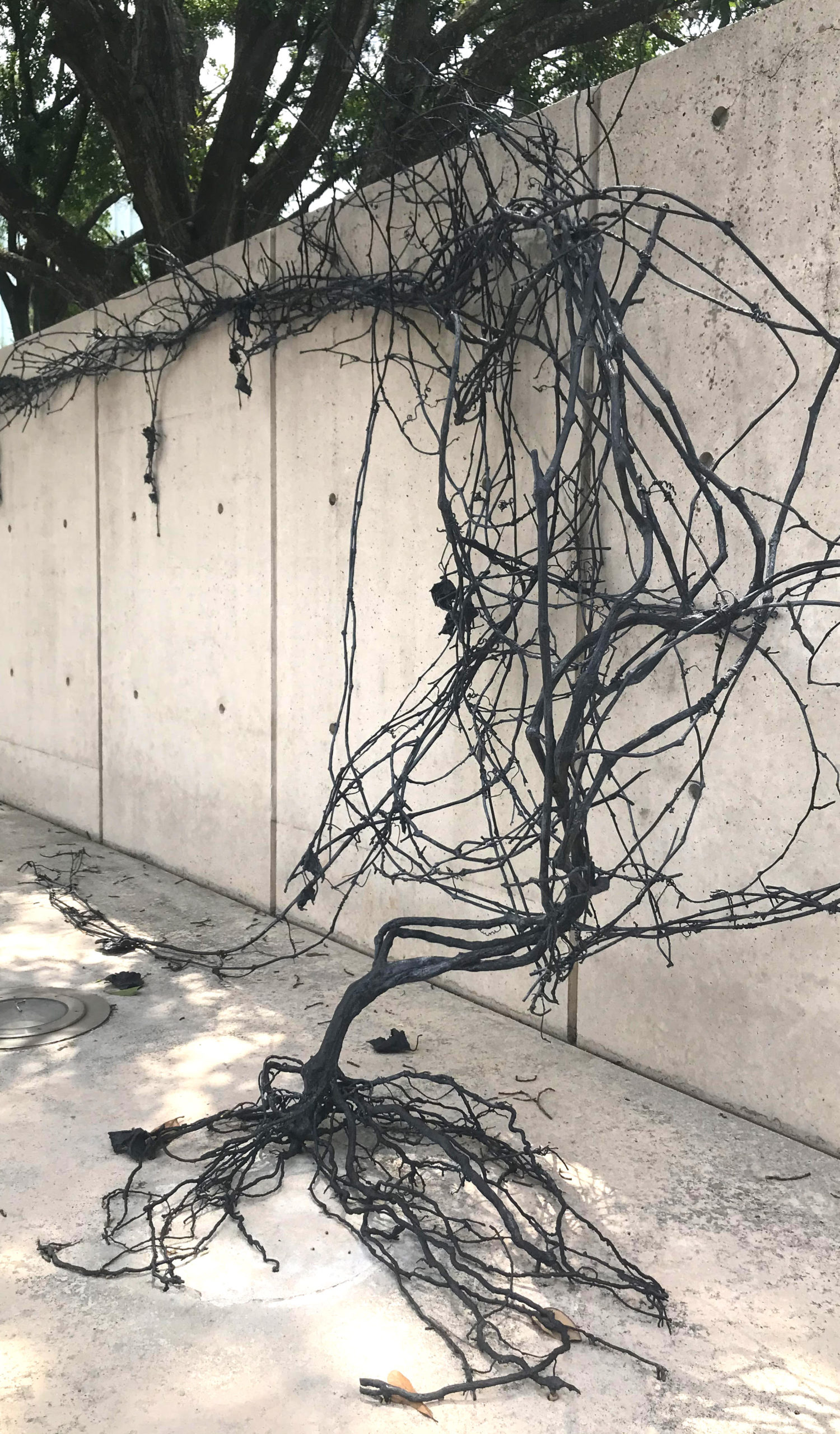
If you ever travelled to Japan, you noticed that the people approach every activity, regardless of how mundane, with thoughtful intention. Whether it is constructing a temporary table or preparing a snack purchased from a vending machine, the careful consideration to processes and details is inspiring. Ikebana is the Japanese art of flower arranging. Don’t confuse this with a bouquet of flowers you commonly see here in the United States. This is an ancient tradition that dates back to 800 AD and is considered one of the three classical arts of refinement, along with incense burning and the well-known tea ceremony. It is a disciplined art form that seeks to brings nature and humanity together. It is creative within specific compositional guidelines that emphasize shape, form and line. Compositions are minimalist and based on three points of interest. Ikebana is often practiced in silence and is thought to teach patience and tolerance.
This tradition is what inspired the work shown here, entitled The Dance, by artist Linda Ridgeway. Trained as a printmaker, Ridgeway has spent the majority of her career attempting to make bronze a delicate, ethereal medium — drawing fine lines with bronze. In this composition she uses the concrete slab on the ground and wall to define the limits of her work — just like a print or drawing is confined within the bounds of a sheet of paper. She often considers the shadows in her work more important that the object she forms with the bronze. As the sun crosses the sky the shadows add to the fleeting, ephemeral quality of her work. In keeping with classic Ikebana traditions, the entire plant is celebrated, and the composition expresses emotional meaning without the use of words.
